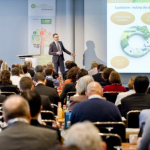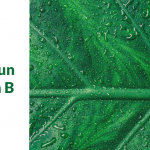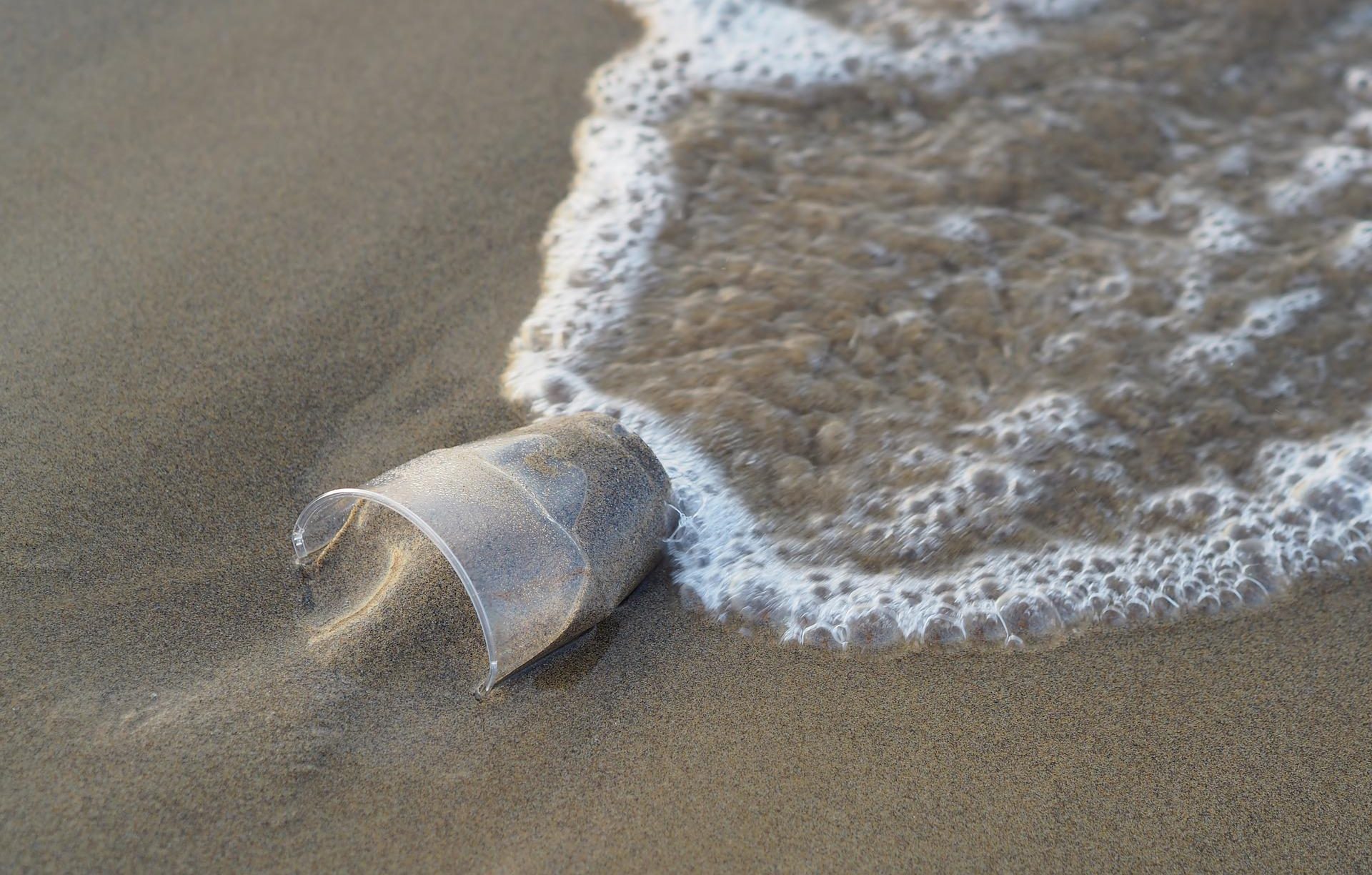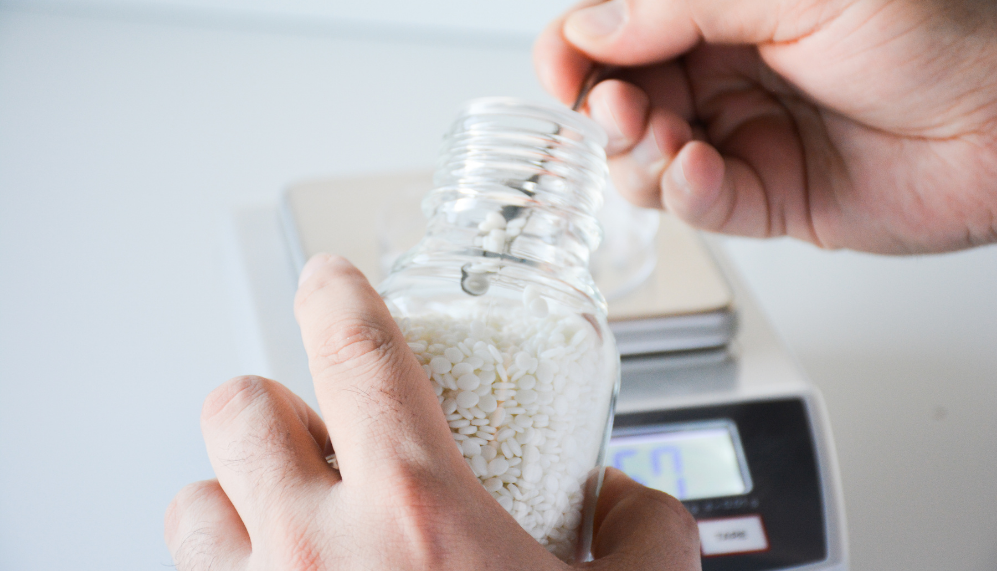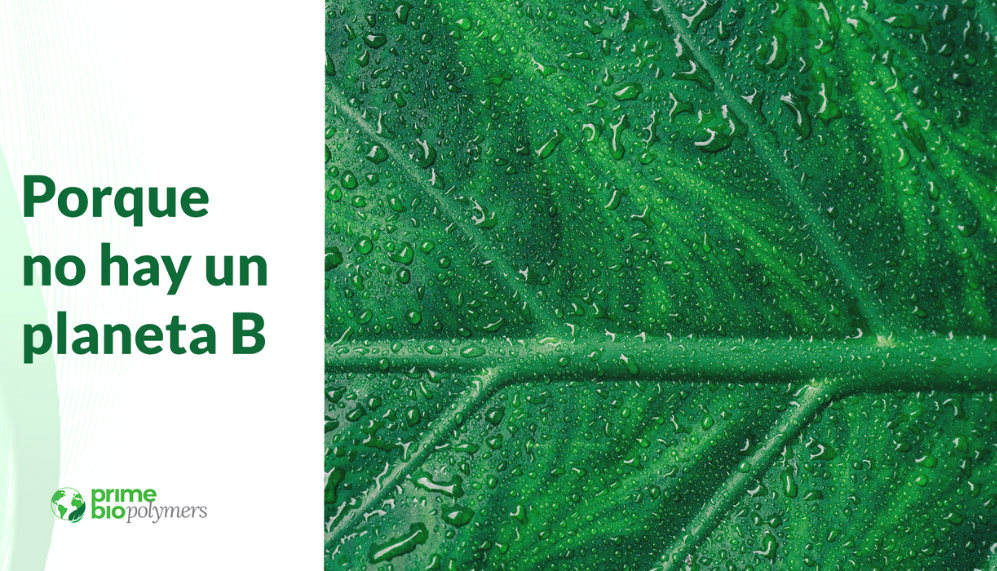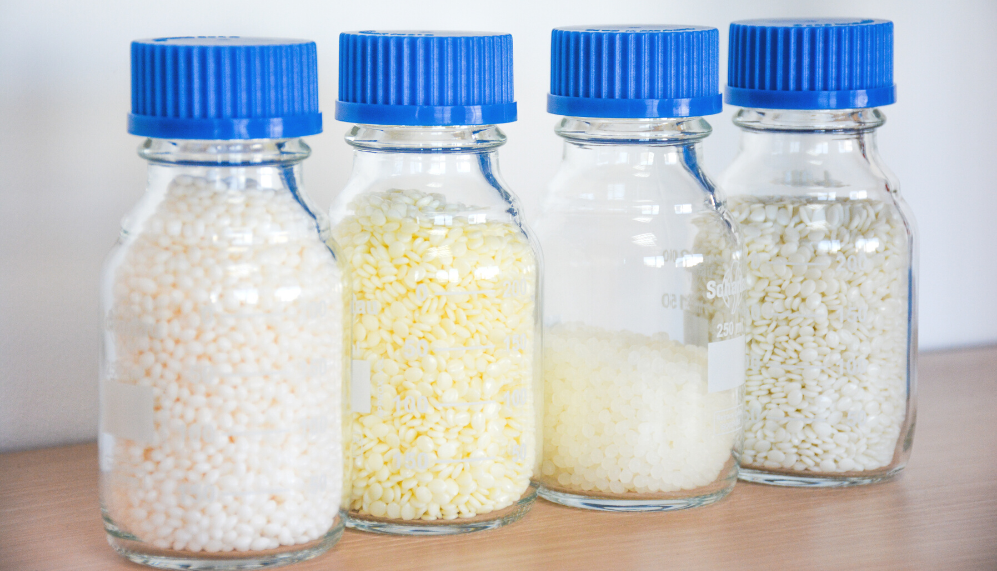
Increase in bioplastics production
The results shown by the European Bioplastics at the 2020 conference on the annual survey of market data have evidenced a clear global growth of the bioplastics industry production.
“Our industry has overcome the challenges imposed by Covid-19 and the global market outlook calls for 36% growth over the next five years”, said François de Bie, chairman of European Bioplastics.
Global production capacity is poised to grow from 2.1 million tonnes today to 2.8 million tonnes by 2025. Biopolymers and, especially PHAs, continue this dynamic growth.

Production capacity could increase sevenfold in the next five years. PLA production will increase in consideration of the large investments that are taking place in China and also in Europe. Currently, 60% of bioplastics production is for biodegradable plastics. PHA and PLA are biobased and biodegradable and have a wide range of applications.


In 2020, 47% of the production of bioplastics has been destined for packaging and ambassadors, thus being the largest field of application of these materials. As mentioned during the European Bioplastics, new fields of application have been generated this year and therefore the use of these materials continues to diversify. Their presence in sectors such as consumer goods and agriculture continues to grow significantly.

In terms of bioplastics production at the territorial level, Asia continues to be the largest producer with approximately 46% of the total. Currently, a quarter of the production is in Europe.
However, it is important to note that European bioplastics production is expected to grow by 28% over the next five years. “Europe is set to become a key player in the production of bioplastics. These materials will play a very important role in meeting the challenge of the circular economy,” said Hasso von Progrell, Managing Director of European Bioplastics.
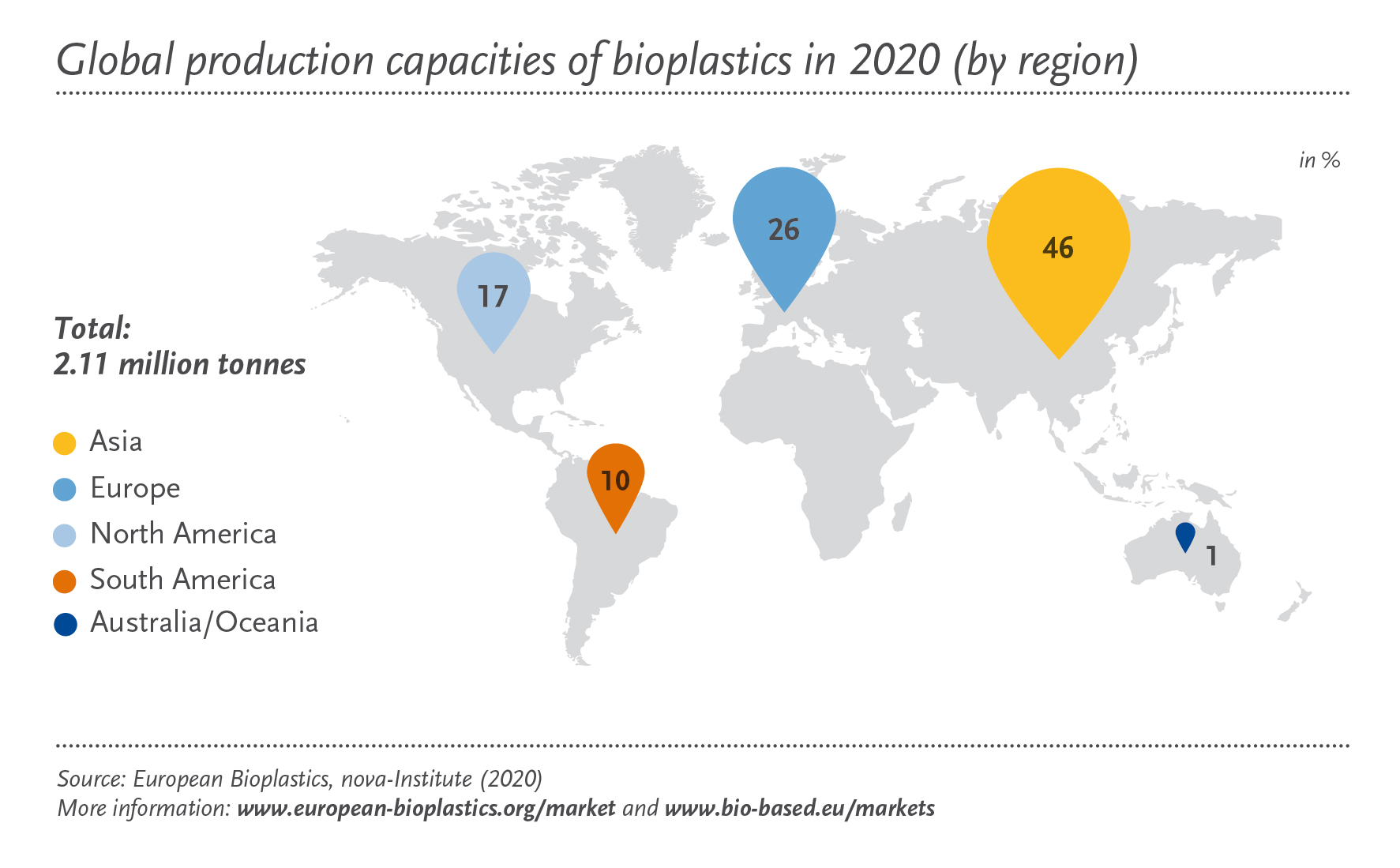
On the other hand, it is estimated that the use of arable land for bioplastics production will be 0.7 million hectares in 2020, which translates into 0.015% of the total 4.7 billion hectares.
Despite the forecast growth in bioplastics production, the use of this land will increase by only 0.02%.
“We never tire of emphasising that there is no land-use competition between food and bioplastics,” Von Progrell said. “Ninety-four percent of all arable land is used for pasture and food,” he said.
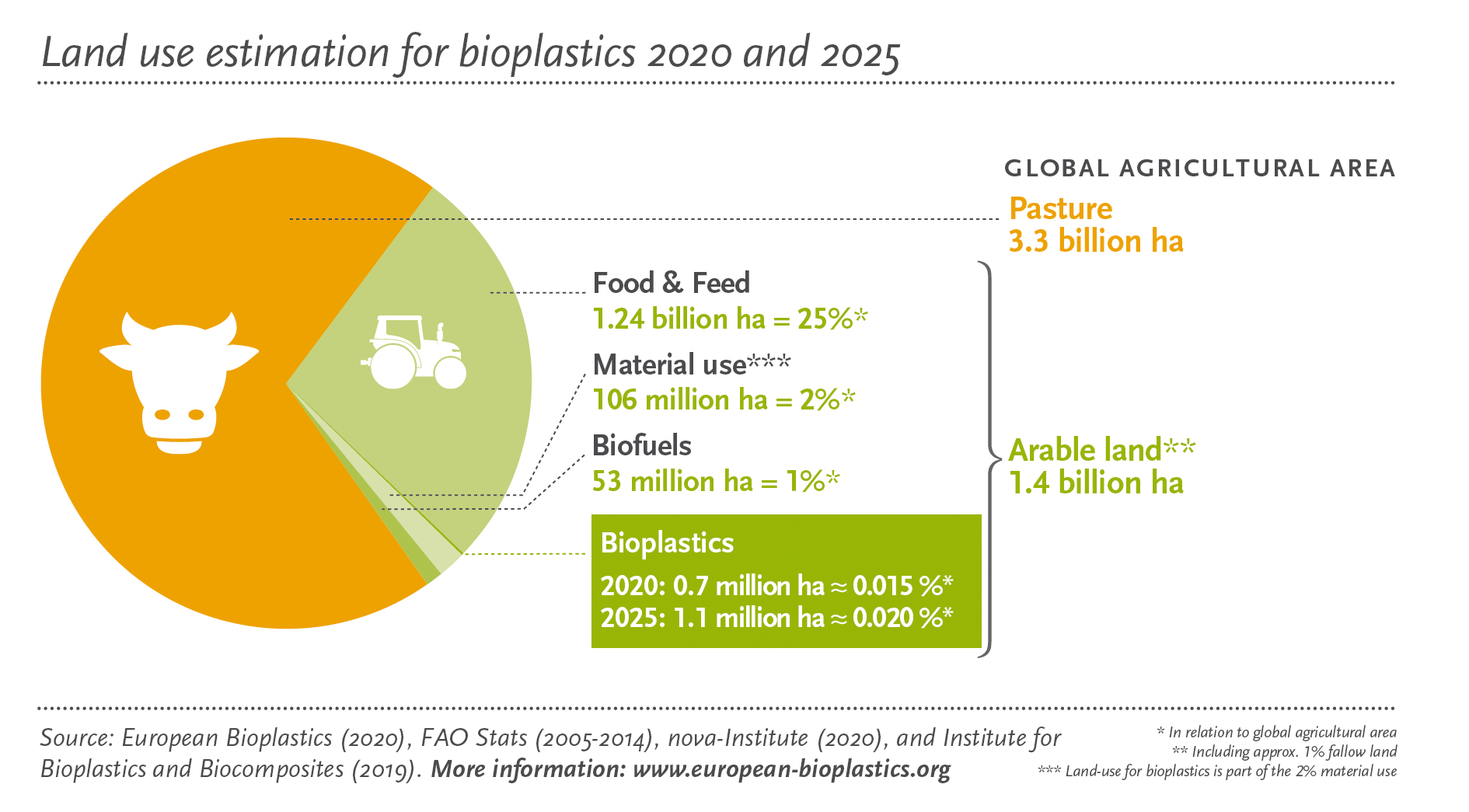
In short, the data provided at the European Bioplastics Conference support an optimistic view on the growth of bioplastics production for different applications and its important role in achieving a model based on the circular economy.
Prime Biopolymers, a bioplastics development company.



